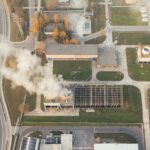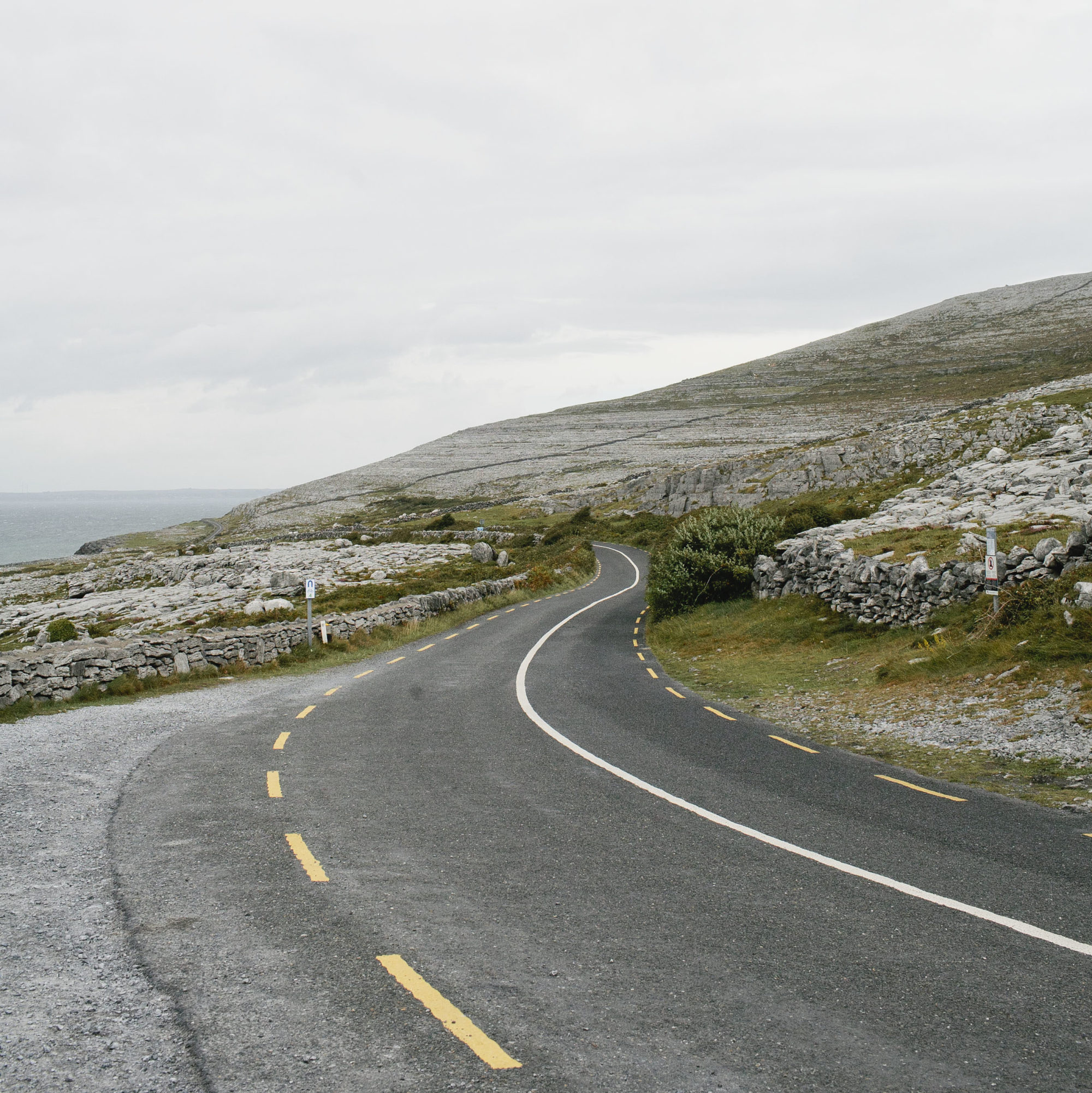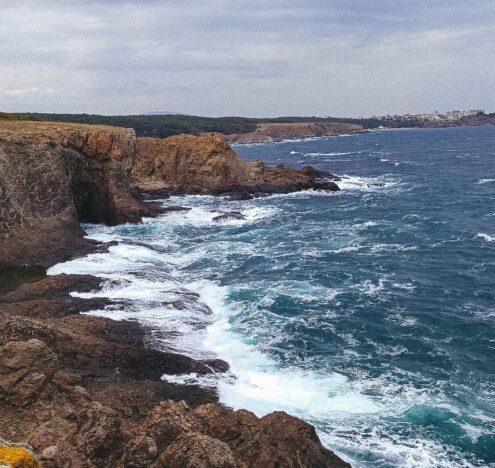By the time that Sherman Alexie was a teenager, he already knew that the uranium mines littered across his community were a threat to his life. “I have very little doubt that I’m going to get cancer,” he said. Alexie grew up on the Spokane Indian Reservation in Washington State, a community that plays host to the noxious Midnite Mine. From 1955-1981, mining uranium-rich tribal land allowed the U.S. government to build its nuclear arsenal. Without warning workers of the potential health consequences of uranium exposure, the U.S. hauled 38 million tons of radioactive debris on open-air trucks across neighborhood streets for nearly three decades.
Civilian workers and their families have long borne the burden of producing the raw materials for our nuclear weapons stockpile. They’ve often paid with their lives. Alexie watched his grandmother die of esophageal cancer. His mother, Lillian Alexie, died of lung cancer in 2015. Others in his community died of blood and liver cancers as well as kidney and lung diseases. The EPA’s research warns that anyone who hunts, fishes, or gathers food in waterways near the mine risks a 1-in-5 chance of contracting cancer from radiation exposure. And the exposure has multigenerational health consequences. One study of Navajo women living near uranium mines in Arizona and New Mexico found they were between two and eight times more likely to have a child with birth defects.
These mine victims are not alone. Their story represents one node in a web of harms that have been linked to the global nuclear weapons enterprise. Community activist Linda Cataldo Modica of Erwin, Tennessee is a neighbor to multiple nuclear weapons production plants. She has meticulously documented an unusual number of households on her block with cancer cases or deaths. Lincoln Grahlfs is an atomic veteran. He was one of four thousand military service members tasked with cleaning up the radioactive wreckage left behind after the United States ravaged the Marshall Islands with 23 nuclear weapons tests from 1946 to 1958. A Center for Disease Control study found that atomic veterans had more than twice the rate of leukemia than average. Today, Grahlfs and his three children battle cancers and autoimmune diseases. Workers at the Hanford Nuclear Site, such as Seth Eillingsworth, labor alongside the aging tanks that store 53 million gallons of high-level radioactive waste from producing nuclear weapons. Ellingsworth haphazardly inhaled noxious vapors on the job and now depends on breathing machines to survive.
In the years since the devastation inflicted on Hiroshima and Nagasaki, the United States and all eight other nuclear-armed countries have avoided nuclear war (miraculously, some would argue), but they have still managed to expose civilians to the deadly harms associated with these weapons.
On July 7, the United Nations adopted the Treaty on the Prohibition of Nuclear Weapons to comprehensively ban nuclear weapons. During the negotiations, nuclear victims delivered testimony to delegates from more than 130 nations to convey the humanitarian impacts of the production, testing, and use of nuclear weapons. Mise Seiichiro, a survivor of the 1945 atomic bombing of Nagasaki, listened to the stories of Tahitian and Australian nuclear testing victims. He spoke out and addressed the room, saying, “We share the same goals and we share the same stories.” Although not all nuclear victims experienced the horrors of the mushroom cloud, they conveyed their experiences together in order to illustrate the imperative of seeing the human costs of nuclear weapons.
When the treaty opens for signature at the United Nations on September 20, civil society groups from around the world will urge their governments to sign on. Although the U.S. government has already declared they will refuse to sign the treaty, American nuclear victims will not stay silent. They have seized on the opening of the treaty for signature as an opportunity to tell their stories.
During the nuclear ban treaty negotiations, Karina Lester, an Australian victim of British nuclear weapons testing, told the delegates, “Your work on this treaty is an historic opportunity towards ensuring that there are no new victims of nuclear weapons.” The statement begs the question, “If we fail to frame our nuclear weapons policy in terms of its impacts to the health of ordinary people, who does this policy actually serve?”
Jeff Carter is the executive director of Physicians for Social Responsibility (PSR), an organization that mobilizes health professionals on issues representing the gravest threats to human health and survival. During the nuclear weapons ban treaty negotiations, Jeff led a team of American physicians to contribute PSR’s scientific research and advocacy on the medical consequences of nuclear weapons.
Sherman Alexie’s story was originally reported by The Seattle Times. Mr. Alexie’s story has been retold here with his permission.





















